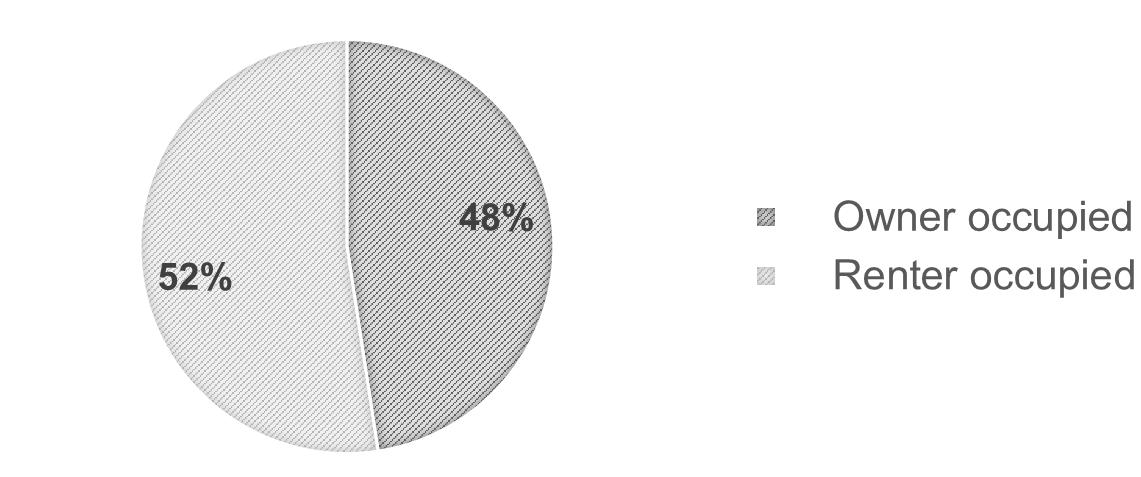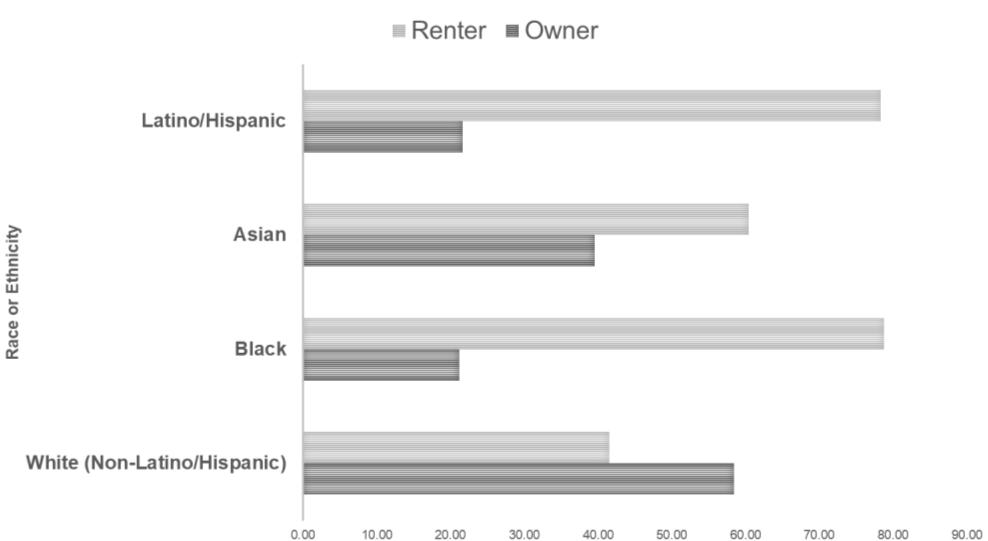BACKGROUND Background
ZONING
▪ Highly segregated patterns of land use and development.
▪ Contribute to environmentally harmful patterns of urban sprawl.
▪ Increase strain on public infrastructure.
$
Single-family predominance increases prices for multifamily development
MINNEAPOLIS
Historical Racial Segregation
“Racial disparities persist in all aspects of housing. Until the 1960s, zoning regulations, racially discriminatory housing practices, and federal housing policies worked together to determine who could live in single-family houses in desirable neighborhoods. These determinations were based on race and have shaped the opportunities granted to multiple generations of Minneapolis residents.”
Minneapolis 2040 Plan
Currently, increase in demand for housing.
2040 PLAN 2040 Plan
LAND USE REFORMS
EARLY RESULTS
Comprehensive plan approved in December 2018.
Eliminating off-street parking minimums.
Increasing densities along transit corridors.
The plan abolishes single-family minimums, allowing instead three unattached residential units per parcel.
▪ Increasing development minimums from 1 to 3 units raised sales prices by 3-5% compared to nearby units.
▪ Greater impact observed in single-family houses in areas with lower median assessed values.
▪ Larger price effect noted for relatively undersized houses in their immediate neighborhood.
Replacing single-family homes with triplexes would make the three new units more affordable due to increased land availability for such constructions.
DRAWBACKS Drawbacks
HOUSING NEEDS ASSESSMENT

Graph 1. Housing Tenure: Renters and Owners (Percentage).
Source: United States Census Bureau, ACS 5-Year Estimates Subject Tables.

Graph 2. Homeownership Rate by Race and Ethnicity.
Source: United States Census Bureau, ACS 5-Year Estimates Subject Tables.
EVALUATION Evaluation
Temporary Property Value
Increase
Complex Maze of Regulations Impact on Small Houses and LowValued Neighborhoods
Financial Benefit
Concentrated on
Redevelopment
Potential
Concerns about Neighborhood Change and Displacement
Affordability
Challenges Amid
Price Increases
Triplex Rule within Larger Housing Reform Context
Effectiveness of Various Reforms
Role of Parking Minimum Elimination
Role of Parking Minimum Elimination
References
Blumgart, J. (2022, May 26). Governing. Retrieved from How Important Was the Single-Family Zoning Ban in Minneapolis?: https://www.governing.com/community/how-important-was-the-single-familyhousing-ban-in-minneapolis
Demers, B. (2021, August 19). American Planning Association. Retrieved from Measuring the Early Impact of Eliminating Single-Family Zoning on Minneapolis Property Values:
https://www.planning.org/blog/9219556/measuring-the-early-impact-of-eliminating-single-family-zoning-onminneapolis-property-values/
Flisrand, J. (2022). Morning Plenary: The Invisible Politics of Exclusionary Zoning: Ending Apartment Bans in Minneapolis. The Kreisman Initiative on Housing Law and Policy Symposium (pp. 1641). University of Chicago.
Kuhlmann, D. (2021). Upzoning and Single-Family Housing Prices: A (Very) Early Analysis of the Minneapolis 2040 Plan. Journal of the American Planning Association, 383-395.
doi:10.1080/01944363.2020.1852101
United States Department of Labor. (2023). U.S. Bureau of Labor Statistics. Retrieved November 2023, from https://data.census.gov/
Wegmann, J. (2019). Death to Single-Family Zoning…and New Life to the Missing Middle. Journal of the American Planning Association, 113-119. doi:10.1080/01944363.2019.1651217
